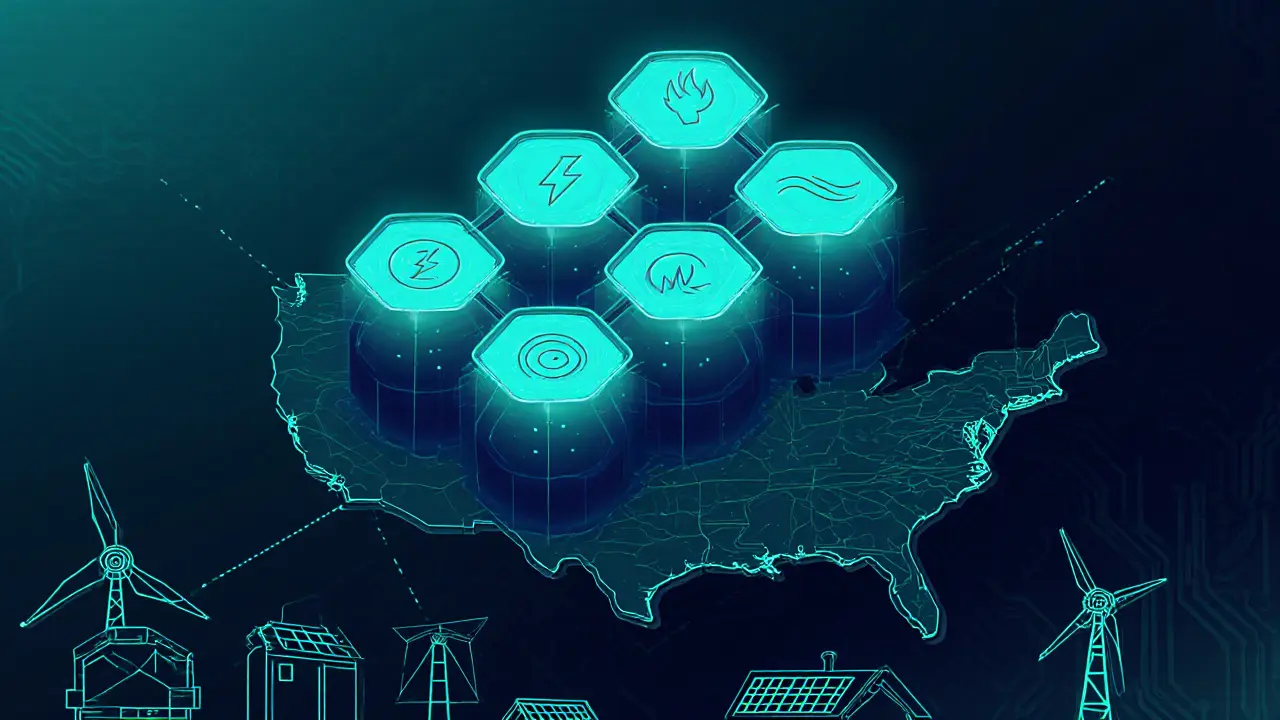Peer-to-Peer Energy Trading: Powering Local Energy Markets
When working with peer-to-peer energy trading, the practice of buying and selling electricity directly between producers and consumers. Also known as P2P energy exchange, it relies on digital platforms that match surplus solar or wind power with nearby demand.
At the heart of this model sits blockchain, a distributed ledger that records every kilowatt‑hour transfer securely and transparently. Combined with smart contracts, self‑executing code that enforces pricing, settlement and grid rules without intermediaries, participants can trade energy in real time. Tokenization turns grid capacity into tradable assets, letting households earn tokens for excess generation. Microgrids act as the physical layer that aggregates local generation, making the whole system resilient and scalable. Together, these pieces create a loop where peer-to-peer energy trading enables renewable owners to monetize surplus, buyers get cleaner power, and regulators see clearer data.
What’s Coming Up Next
Below you’ll find a curated set of articles that break down licensing hurdles, token economics, platform reviews, and real‑world case studies—all focused on how P2P energy markets are reshaping the energy landscape. Dive in to see which tools, regulations, and strategies can help you get started or deepen your expertise.

Blockchain Powering Modern Energy Markets
May 12, 2025, Posted by Ronan Caverly
Explore how blockchain transforms energy markets with peer-to-peer trading, smart contracts, tokenized RECs, and future trends, backed by market data and implementation guidance.
MORESEARCH HERE
Categories
TAGS
- decentralized exchange
- crypto exchange review
- cryptocurrency
- crypto coin
- CoinMarketCap airdrop
- smart contracts
- tokenomics
- cryptocurrency exchange safety
- crypto exchange
- cryptocurrency airdrop
- crypto airdrop
- cryptocurrency exchange
- crypto airdrop guide
- blockchain token distribution
- DeFi
- crypto exchange scam
- crypto airdrop 2025
- Ethereum
- cross-chain interoperability
- ERC-20
